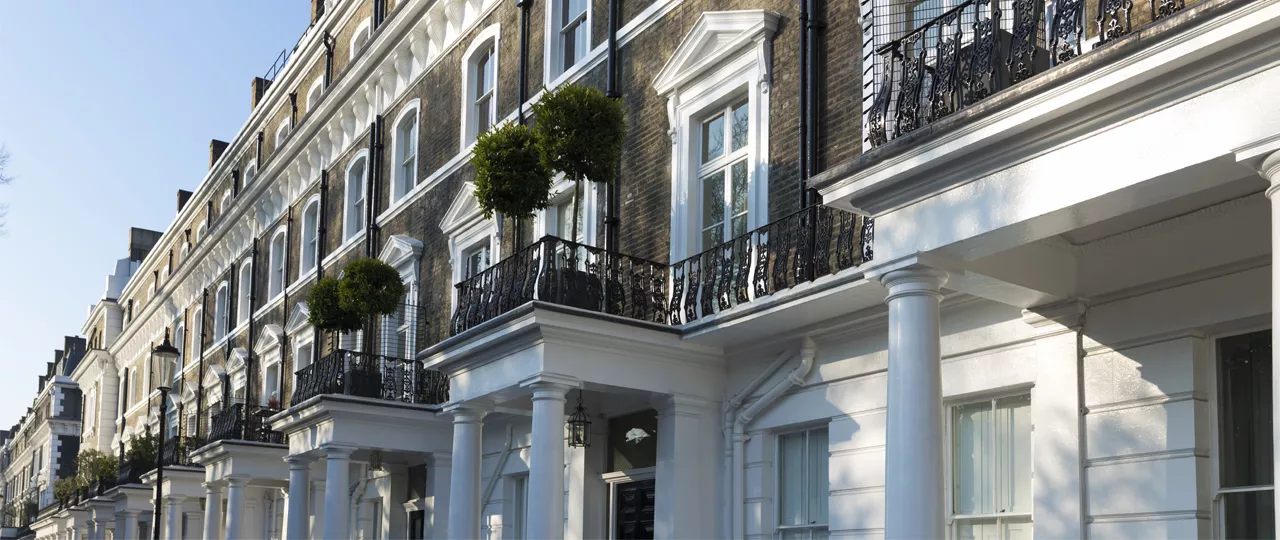
Vanessa Hale
Director, Research


Director, Research

There was potential for stunted economic growth in light of the adverse weather conditions in March, however rather than retail sales pulling down UK gross domestic product (GDP) for the quarter it was construction, falling by 3.3%. The Office for National Statistics (ONS) reported that the UK economy only grew by 0.1% in Q1 2018. For 2017 as a whole it is thought growth was at 1.8%, which is higher than the 1.5% originally forecast by the Office for Budget Responsibility. Independent forecasts from March 2018 collected by Her Majesty’s Treasury range from 0.6% to 2.6% growth expected for 2018 with the average forecast being 1.6%. Whilst uncertainty does exist, only one forecast is above 2.0% and only one is below 1.0% with the majority predicting growth of around 1.6%. For 2019 the range,and central forecast, are very similar to those for 2018 with the average being 1.5%. PWC and the British Chamber of Commerce (BCC) are both predicting similar rates of growth for 2018 and 2019.
Business confidence fluctuated over the course of 2017. In Q1 2018 business confidence sits at -1 and therefore remains essentially neutral. Confidence is only negative in half of the UK regions but is noticeably the most negative in London at -12, which is thought to be due to the concentration of financial and property firms in London that currently have the most negative outlook.
Rising costs for businesses, such as the apprenticeship levy, business rates, and living wage and coupled with the weak exchange rate, may still impact the domestic market,both by increasing costs for domestic firms as well as making imports more expensive. In November 2017 inflation reached a peak of 3.1% before declining to 2.5% (by March 2018) which provides some relief to businesses. The BCC forecast inflation average 2.9% for 2018 and 2.6% for 2019. Given that wage growth of 3.1% is expected in 2018 it would mean earnings growth would out pace inflation. This should help support consumer spending, a key driver of the UK economy. The official bank rate remains at 0.5% which is very low by historic standards. Although earlier this year the BoE hinted at a possible rate rise as early as May, Mark Carney, the Governor of the BoE, recently commented that a policy rate rise in May was far from a done deal. He referred to the mixed data and reportedly cited Brexit uncertainty as a key restraint on the economy. In addition, the softer-than-expected inflation may mean that the BoE may not being a hurry to raise rates.
The National Institute for Economic and Social Research expects interest rates to gradually increase, reaching 2.0% by 2021. This will increase the costs of mortgages for some households, at the same time as increasing savings rates for others.
Property Market Pricing
According to the Nationwide House Price Index, UK property prices grew 2.5% in the year to Q1 2018. Y-o-Y growth over the same period shows that on a regional basis the best performers have been: Northern Ireland (7.9%), Wales (6.0%) and the West Midlands (4.8%). Despite historically having one of the strongest growth rates in the UK, London showed the weakest growth in the country for the quarter (-1.1%). Other regions below the national average were East Anglia (2.4%),Outer South-East (2.0%) and Scotland (0.2%). National house prices are now 16% above the 2007 peak with London prices 57% above the 2007 peak. The North (-4.0%), North West (-0.5%), Wales (-0.8%), Scotland (-4.7%) and Northern Ireland (-38.4%) all remain below their 2007 peaks.
Outlook & Forecast
Now that there have been some initial agreements reached on Brexit, attention can move towards trade negotiations. The route Britain takes with these issues will have large implications on the nature of Brexit and the future strength of the UK economy. The fundamentals of the UK economy remain broadly positive, but sentiment remains very cautious.
Total transaction levels for England and Wales look to be relatively equivalent to this time last year. However, in Prime Central London (PCL) despite transactions picking up over the course of 2017, they are now below what they were last year and are very low by historic standards. With substantial economic and political uncertainty continuing, it doesn’t look likely that this will change any time soon.
The forecasts for UK and PCL performance have not changed. In PCL the best-case scenario of the falls seen in Q1 being recouped during the rest of the year, thus finishing with 0% growth over the course of the year. The risk remains on the downside however, with the downside risk scenario of -5% growth for 2018. Realistic pricing and the continued attractiveness of Sterling will continue to be key factors affecting market activity levels in the higher price sectors. We expect this stagnation in prices to persist during 2018 with the possibility of further negative growth as globally and domestically the economy and political environments remain volatile. From 2019 on wards it is extremely difficult to forecast this market with any certainty but we would expect some bounce back once more stability has returned.
Download the full report here.